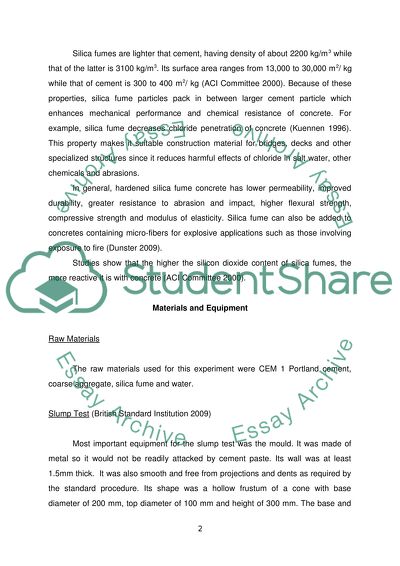Cite this document
(“Portland CEM1 Cement/Silica Fume Essay Example | Topics and Well Written Essays - 2500 words”, n.d.)
Retrieved from https://studentshare.org/engineering-and-construction/1392948-portland-cem1-cementsilica-fume
Retrieved from https://studentshare.org/engineering-and-construction/1392948-portland-cem1-cementsilica-fume
(Portland CEM1 Cement/Silica Fume Essay Example | Topics and Well Written Essays - 2500 Words)
https://studentshare.org/engineering-and-construction/1392948-portland-cem1-cementsilica-fume.
https://studentshare.org/engineering-and-construction/1392948-portland-cem1-cementsilica-fume.
“Portland CEM1 Cement/Silica Fume Essay Example | Topics and Well Written Essays - 2500 Words”, n.d. https://studentshare.org/engineering-and-construction/1392948-portland-cem1-cementsilica-fume.


